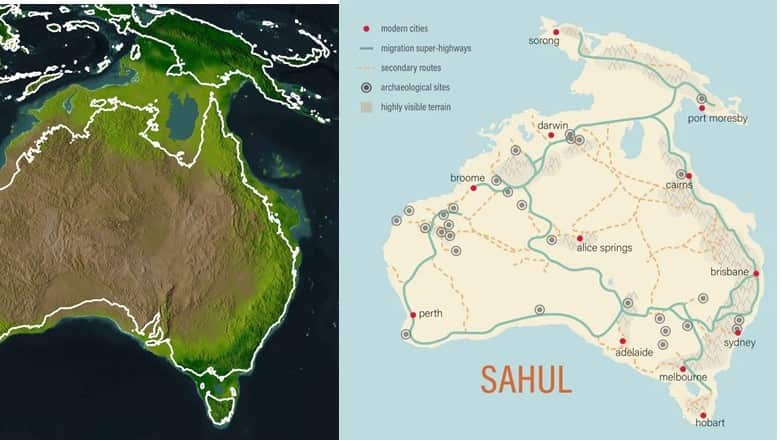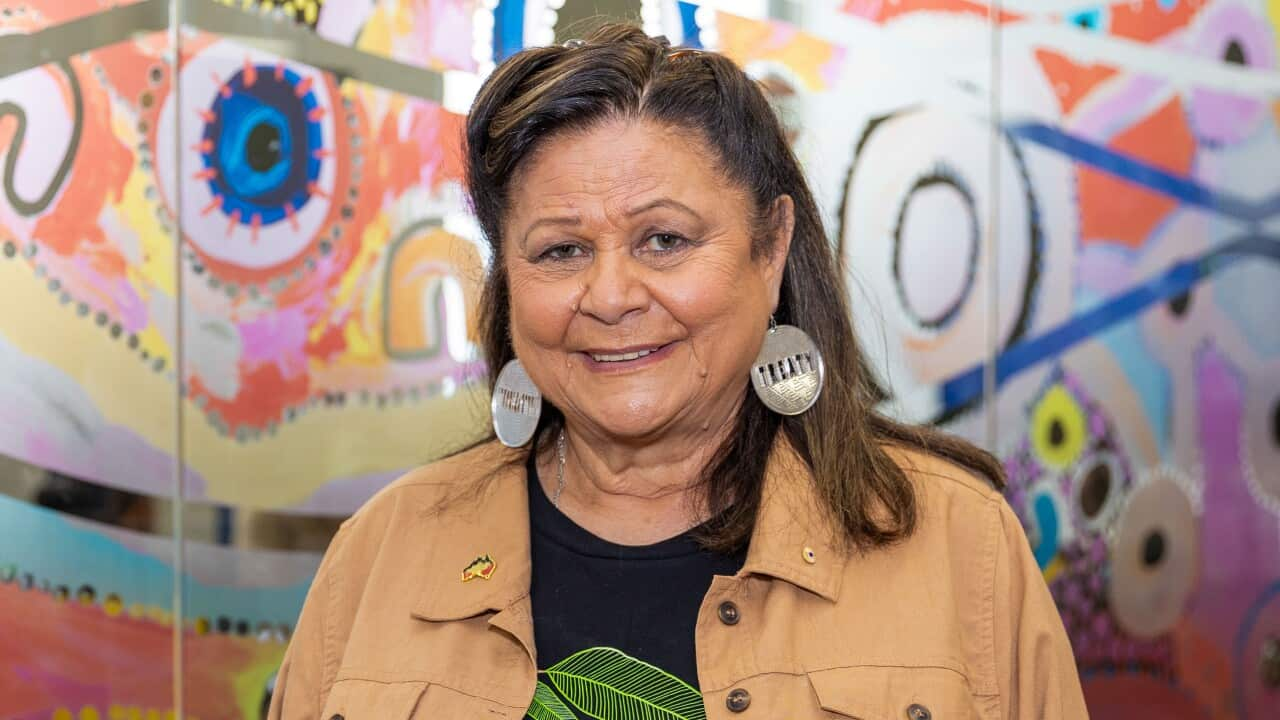While there are many hypotheses about where, how and when Indigenous Australians first settled in Sahul— the combined mega continent that joined Australia with New Guinea when sea levels were lower than today —, archaeological evidence is scarce.
Under the auspices of the Australian Research Council Centre of Excellence for Australian Biodiversity and Heritage (CABAH) an international team of archaeologists, anthropologists, geographers, ecologists, geneticists, geologists, and computer scientists have collaborated and built the most complete digital elevation model ever constructed for the continent, including areas now underwater.
Led by Professor Corey Bradshaw, CABAH Chief Investigator at Flinders University, the researchers used real-world data about long-distance dispersal of people, human survival, fertility rates. The research team also considered chances of natural disasters in combination with principles of human ecology and behaviour and with anthropological, ecological and environmental data to model the peopling of Sahul.
The research team also considered chances of natural disasters in combination with principles of human ecology and behaviour and with anthropological, ecological and environmental data to model the peopling of Sahul.

Sahul Superhighways Source: CABAH
The scientists identified and tested more than 125 billion possible pathways using rigorous computational analysis in the largest movement-simulation project ever attempted, with the pathways compared with the oldest known archaeological sites to help to distinguish the most likely routes.
The patterns that emerged formed distinct ‘superhighways’ across the continent, as well as secondary routes.
Several of the identified superhighways echo well-documented Aboriginal trade routes criss-crossing the country — including the trade of pituri native tobacco from Cape York to South Australia via Birdsville, and the trade of Kimberley baler shell into central Australia.
“Guided by Indigenous knowledge, we are coming to appreciate the complexity, prowess, capacity and resilience of the ancestors of Indigenous people in Australia,” Professor Bradshaw said.
The study reveals that the people not only survived, but thrived, in harsh environments providing further evidence of the capacity and resilience of the ancestors of Indigenous people, and help paint a picture of large, well-organised groups navigating tough terrain.
Strongest support was found for the arrival of people 50,000 or 75,000 years ago, with the average establishment rate of 1 km per year emerging from the model giving rise to a maximum population of up to 6.5 million people.
“The more we look into the deep past, the more we understand that many people have long underestimated the ingenuity of these extraordinary cultures, “Professor Bradshaw added.
The results of these new studies suggest that there are fundamental rules people follow as they move into new landscapes, and that these same approaches could shed light on other major migrations in human history, such as the first waves of migration out of Africa at least 120,000 years ago.




